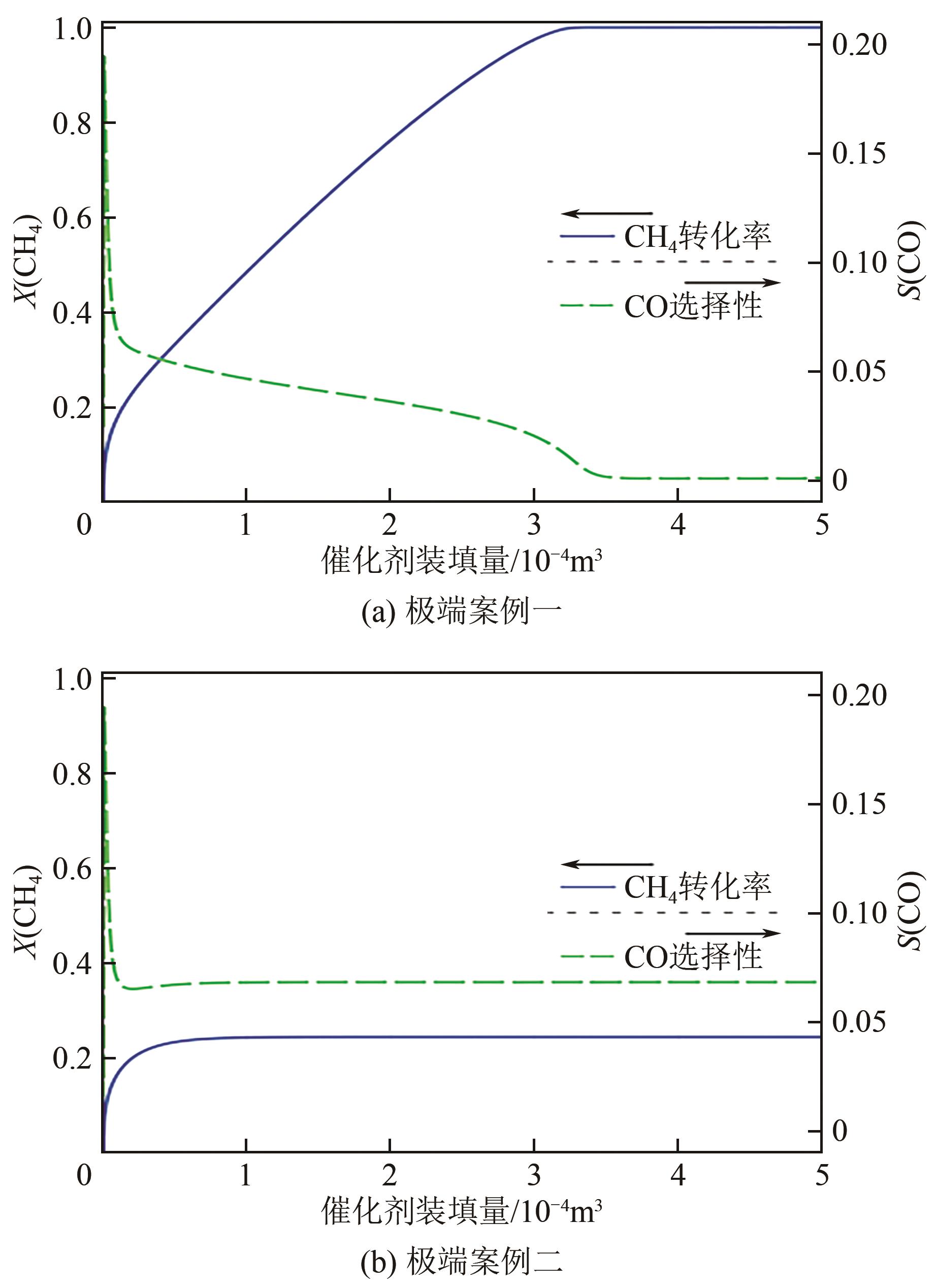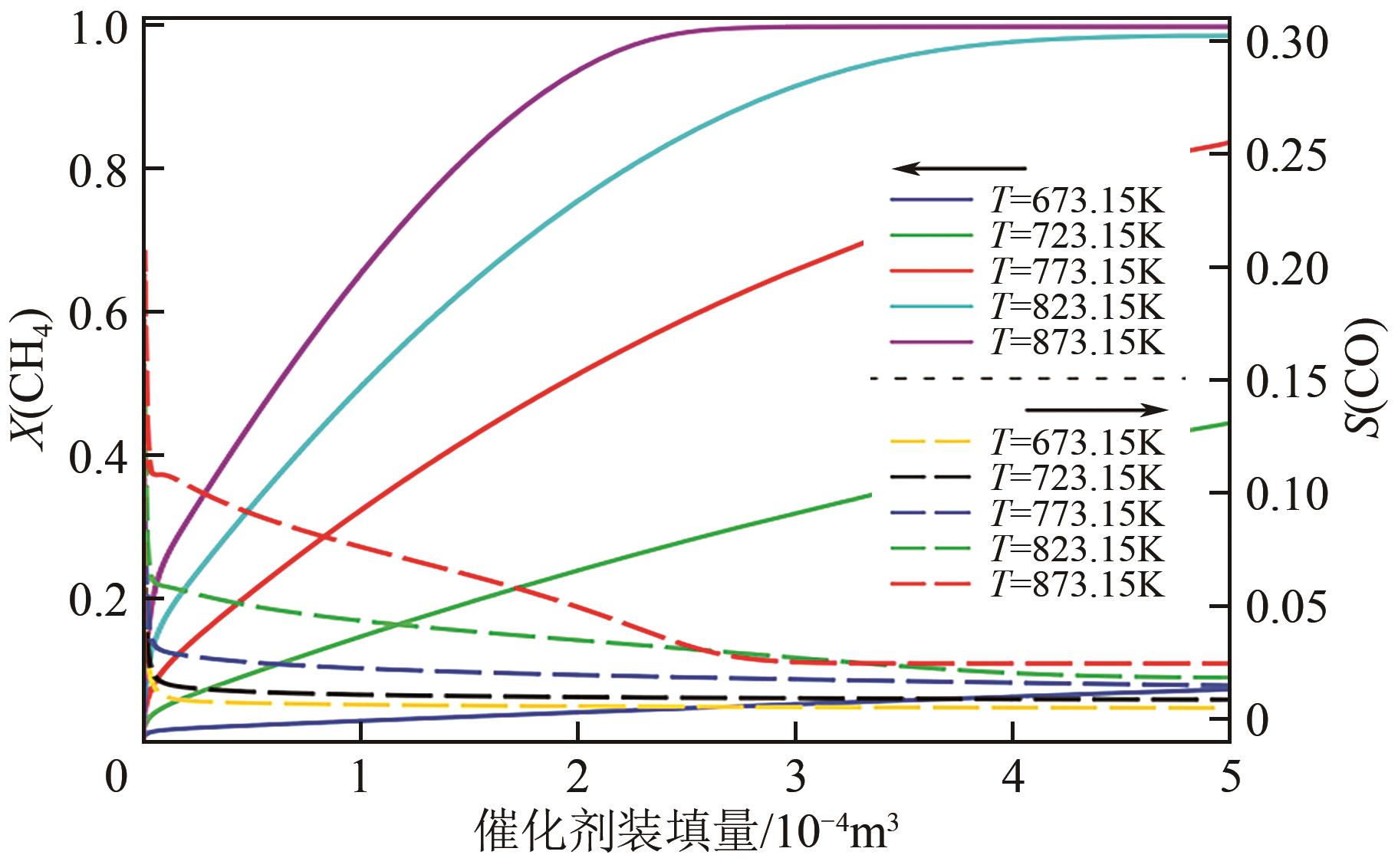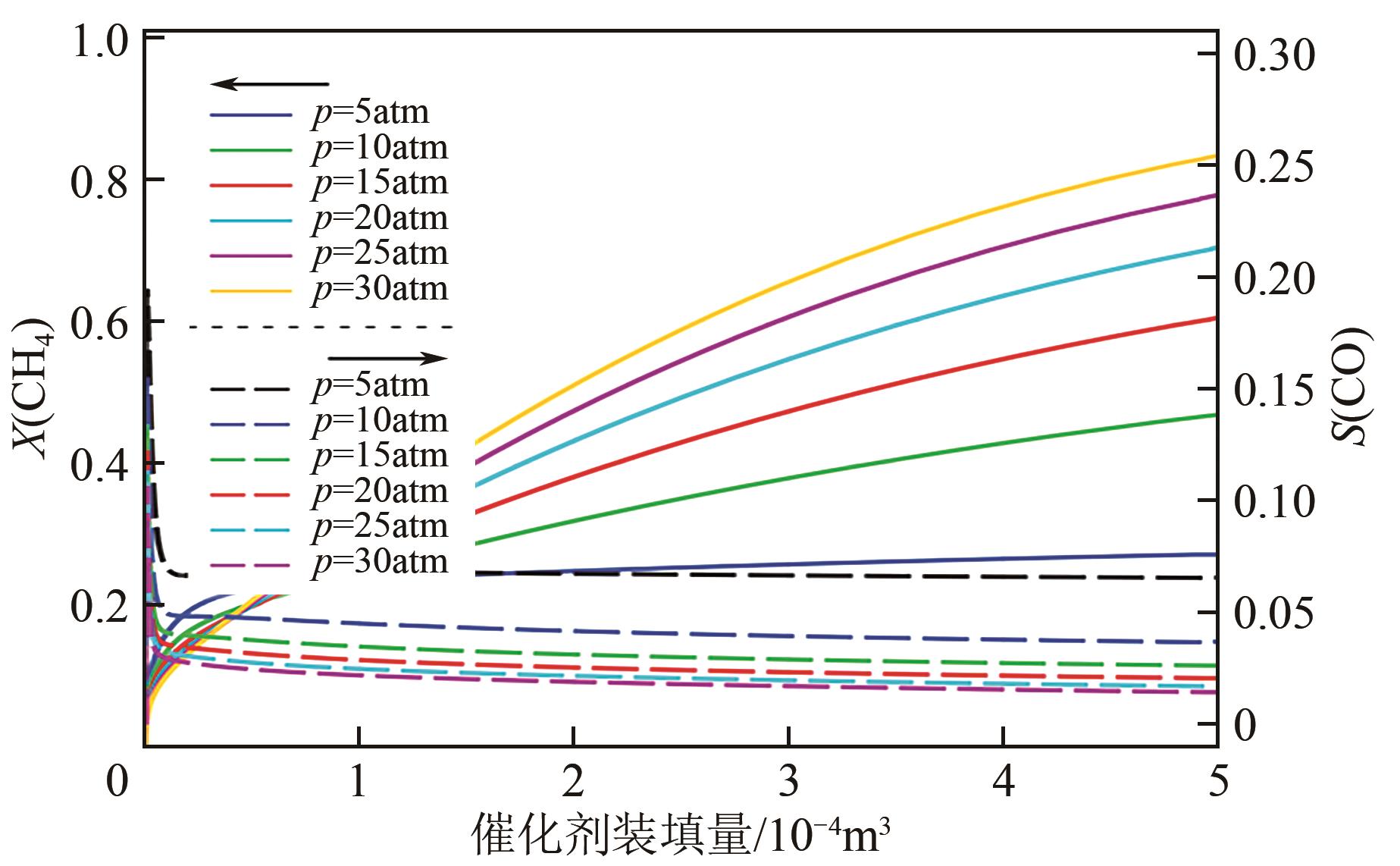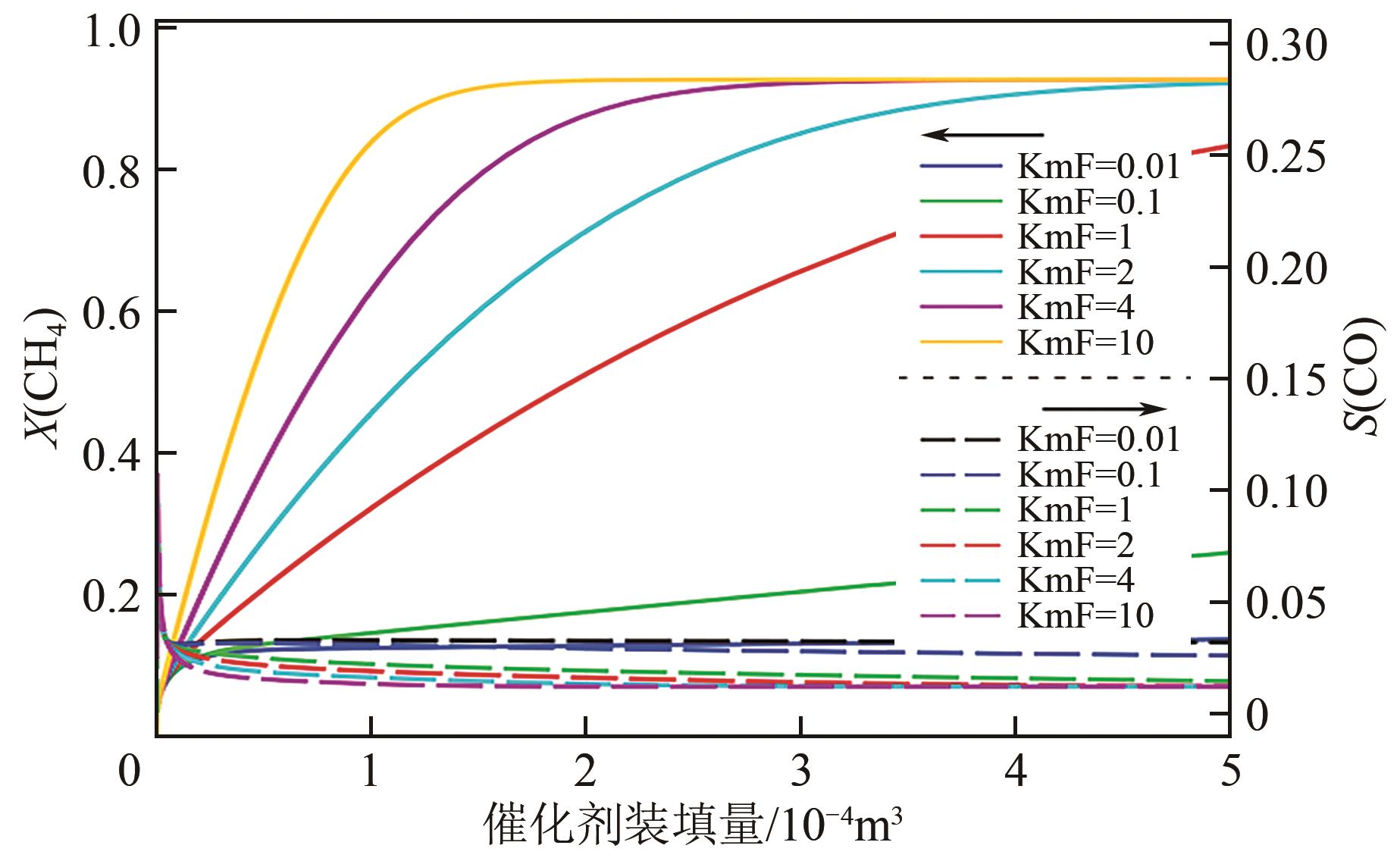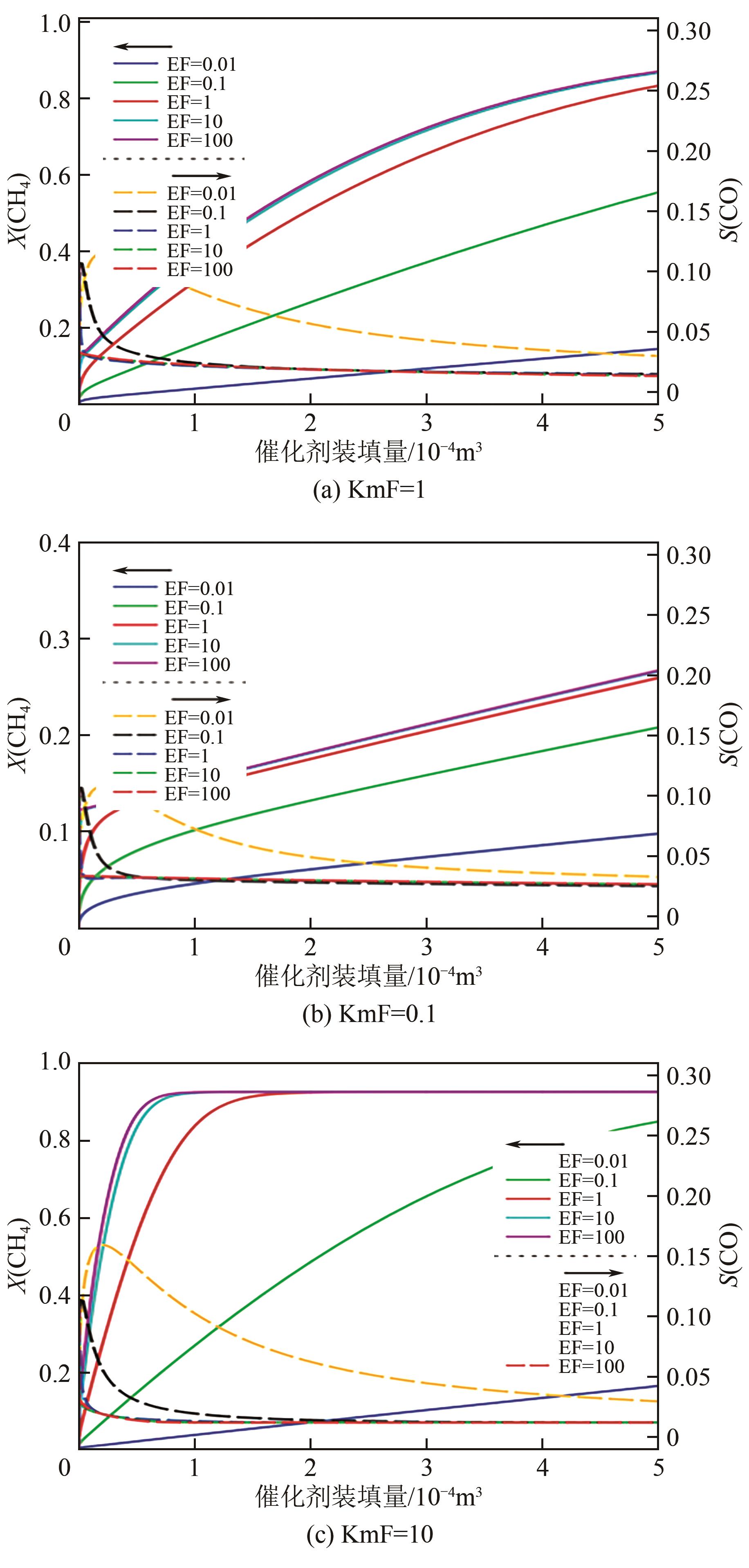| 1 |
ABE J O, POPOOLA A P I, AJENIFUJA E, et al. Hydrogen energy, economy and storage: review and recommendation[J]. International Journal of Hydrogen Energy, 2019, 44(29): 15072-15086.
|
| 2 |
JAMES B D, DESANTIS D A, SAUR G. Final report: hydrogen production pathways cost analysis (2013—2016)[R]. Arlington: Strategic Analysis Inc.: 2016.
|
| 3 |
AMBROSETTI M, BONINCONTRO D, BALZAROTTI R, et al. H2 production by methane steam reforming over Rh/Al2O3 catalyst packed in Cu foams: a strategy for the kinetic investigation in concentrated conditions[J/OL]. Catalysis Today, 2021. .
|
| 4 |
邢卫红, 金万勤, 陈日志,等. 陶瓷膜连续反应器的设计与工程应用[J]. 化工学报, 2010, 61(7): 1666-1673.
|
|
XING Weihong, JIN Wanqin, CHEN Rizhi, et al. Design and application of continuous ceramic membrane reactor[J]. CIESC Journal, 2010, 61(7): 1666-1673.
|
| 5 |
GALLUCCI F, PATURZO L, BASILE A. A simulation study of the steam reforming of methane in a dense tubular membrane reactor[J]. International Journal of Hydrogen Energy, 2004, 29(6): 611-617.
|
| 6 |
SIMAKOV D S A, SHEINTUCH M. Model-based optimization of hydrogen generation by methane steam reforming in autothermal packed-bed membrane reformer[J]. AIChE Journal, 2011, 57(2): 525-541.
|
| 7 |
FOGLER H S. Elements of chemical reaction engineering[M]. 4th ed. New Jersey: Prentice-Hall, 2006.
|
| 8 |
黄彦, 李雪, 范益群, 等. 透氢钯复合膜的原理、制备及表征[J]. 化学进展, 2006, 18(S1): 230-238.
|
|
HUANG Yan, LI Xue, FAN Yiqun, et al. Palladium-based composite membranes: principles, preparation and characterization[J]. Progress in Chemistry, 2006, 18(S1): 230-238.
|
| 9 |
TAN X Y, LI K. Dense metallic membrane reactors[M]//TANXY, LIK. Inorganic membrane reactors: fundamentals and applications[M]. New York: John Wiley & Sons, Ltd., 2014: 101-142.
|
| 10 |
FERNANDEZ E, COENEN K, HELMI A, et al. Preparation and characterization of thin-film Pd-Ag supported membranes for high-temperature applications[J]. International Journal of Hydrogen Energy, 2015, 40(39): 13463-13478.
|
| 11 |
翟绪丽. 微通道甲烷水蒸气重整制氢实验与模拟研究[D]. 北京: 清华大学, 2011.
|
|
ZHAI Xuli. Experimental study and numerical simulation of hydrogen production by steam reforming of methane in microchannel reactors[D]. Beijing: Tsinghua University, 2011.
|
| 12 |
丁石. 甲烷毫秒级制氢过程的实验与模拟研究[D]. 北京: 清华大学, 2009.
|
|
DING Shi. Experimental study and numerical simulation of hydrogen production from methane in milliseconds reactors[D]. Beijing: Tsinghua University, 2009.
|
| 13 |
XU J G, FROMENT G F. Methane steam reforming, methanation and water-gas shift: I. Intrinsic kinetics[J]. AIChE Journal, 1989, 35(1): 88-96.
|
| 14 |
CHEIN R Y, YU C T, WANG C C. Numerical simulation on the effect of operating conditions and syngas compositions for synthetic natural gas production via methanation reaction[J]. Fuel, 2016, 185: 394-409.
|
| 15 |
MURMURA M A, CERBELLI S, ANNESINI M C. An equilibrium theory for catalytic steam reforming in membrane reactors[J]. Chemical Engineering Science, 2017, 160: 291-303.
|
| 16 |
SHU J, GRANDJEAN B P A, KALIAGUINE S. Methane steam reforming in asymmetric Pd- and Pd-Ag/porous SS membrane reactors[J]. Applied Catalysis A: General, 1994, 119(2): 305-325.
|
| 17 |
CHEN W H, ESCALANTE J, CHI Y H, et al. Hydrogen permeation enhancement in a Pd membrane tube system under various vacuum degrees[J]. International Journal of Hydrogen Energy, 2020, 45(12): 7401-7411.
|
| 18 |
MADIA G S, BARBIERI G, DRIOLI E. Theoretical and experimental analysis of methane steam reforming in a membrane reactor[J]. The Canadian Journal of Chemical Engineering, 1999, 77(4): 698-706.
|
| 19 |
XU J G, FROMENT G F. Methane steam reforming (Ⅱ): diffusional limitations and reactor simulation[J]. AIChE Journal, 1989, 35(1): 97-103.
|
| 20 |
NAM J H. Effectiveness factor correlations for spherical nickel catalyst pellets used in small-scale steam methane reformers[J]. International Journal of Hydrogen Energy, 2015, 40(16): 5644-5652.
|
| 21 |
AL-MUFACHI N A, REES N V, STEINBERGER-WILKENS R. Hydrogen selective membranes: a review of palladium-based dense metal membranes[J]. Renewable and Sustainable Energy Reviews, 2015, 47: 540-551.
|
| 22 |
LIGUORI S, KIAN K, BUGGY N, et al. Opportunities and challenges of low-carbon hydrogen via metallic membranes[J]. Progress in Energy and Combustion Science, 2020, 80: 100851.
|



